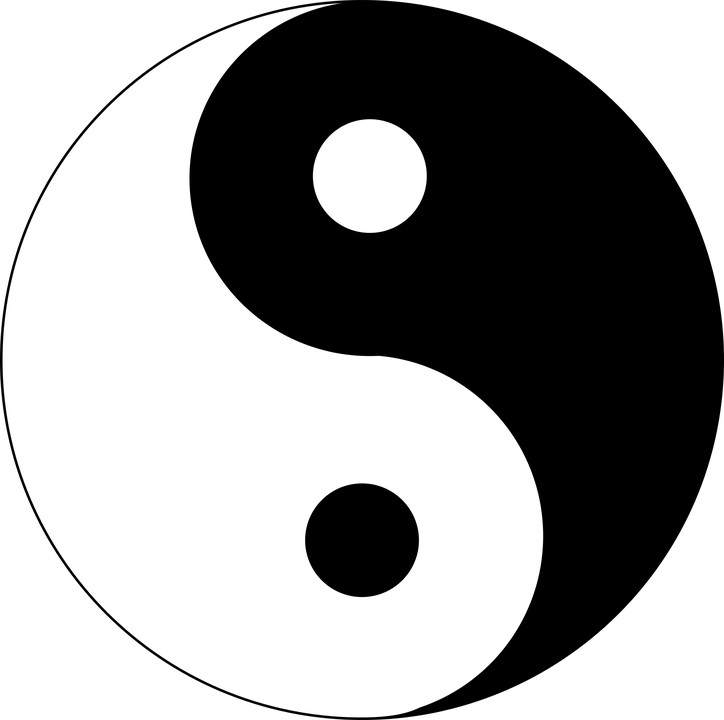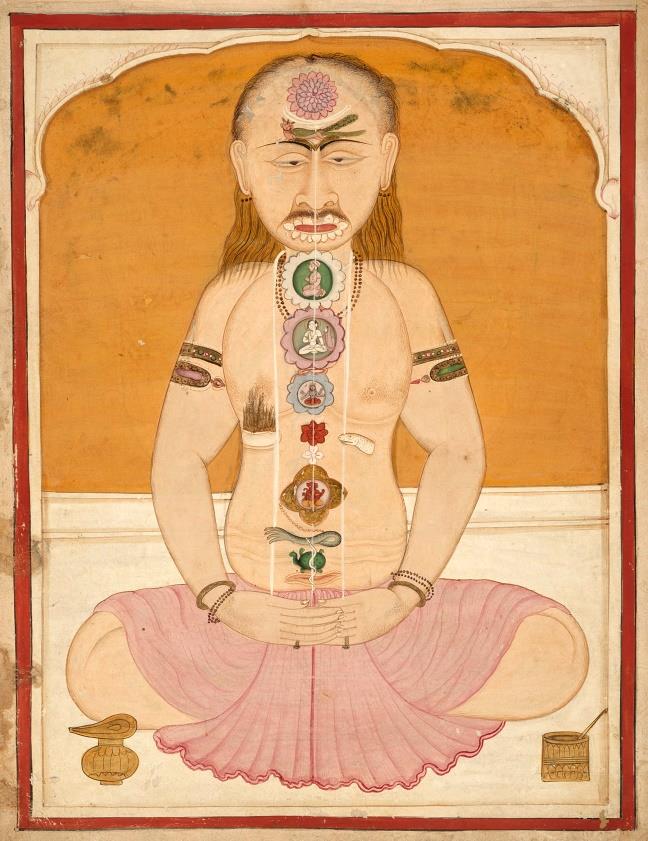TRADITIONAL MEDICINE
Systems of Traditional Medicine
In both Ayurveda and TCM our connection to the 'life force' can be optimized by consuming foods and medicines which maintain a 'balanced' state. Both systems emphasize the importance of balance in our lifestyle and habits. Diet, meditation and exercise (e.g. Yoga and Tai-chi) can play a part in sustaining a balanced state. Eastern life philosophy is part and parcel of these medical systems and by simply isolating compounds from traditional remedies it is impossible to grasp their holistic quality.
Two of the most widely known and still practiced schools of traditional medicine are Ayurveda and Traditional Chinese Medicine (TCM). Both Ayurveda and TCM are centered on the idea that an all pervasive 'life force' (in Ayurveda prana and in TCM qi) is connected to the human body. When this prana or qi (pronounced ‘chee’) is interrupted or unbalanced our bodies become sick.
Traditional medical systems saw a resurgence in interest in the 19th and 20th centuries and, as a result of sustained contact with western biomedicine, have evolved and re-shaped to meet the changing demands and expectations of consumers.
Migration has also played a vital role in the dissemination of traditional medical knowledge across the globe. This dissemination of knowledge has worked to keep medical traditions alive and to create new ones. For example, migration took Chinese medicine into Japan from the 6th century onwards – where it was re-imagined – and, is known to this day, as Kampō medicine. Migration has also facilitated the spread of traditional medicine from South and Central America and the Caribbean and numerous other regional traditions into diaspora communities worldwide.
Traditional Chinese Medicine (TCM)
Many will be familiar with the Chinese yin and yang symbol below. The yin represents the passive (female) state and the yang its active (male) counterpart:
Many will be familiar with the Chinese yin and yang symbol below. The yin represents the passive (female) state and the yang its active (male) counterpart:
Rather than opposing one another, yin and yang - in a state of perfect balance - form a beautiful and harmonious whole. It is with the aim of achieving this harmonious state that different TCM medicines or medicinal mixtures are prescribed.
Qi – according to TCM philosophy - circulates through the universe and the body via a system of channels or meridians. TCM remedies and techniques such as acupuncture, cupping, moxibustion and tu ina massage can prevent disease and restore health by unblocking these channels to ensure the healthy circulation of qi. Correspondences are drawn between the five putative elements: wood; fire; earth; metal and water and specific organs and body systems - e.g. between fire and the heart and blood vessels - and treatments are chosen to balance these elements.
A TCM remedy can contain up to 20 herbs (although more typically this may be only five - 15) making it very difficult to evaluate the synergism of its ingredients. The herb components in a mixture are given names such as ‘emperor’, ‘prime minister’, ‘minister’ and ‘envoy’ – based on their role in this synergy. TCM remedies are produced by an elaborate array of processes including: brewing; stir frying; steaming; stewing and, even, fermentation into medicinal wines.
Ayurveda
The term Ayurveda comes from the Sanskrit words ayus (long life) and veda (knowledge). It is used to describe an ancient South Asian (primarily Indian) humoral medical system based around the inter-relationship between the body’s ‘humors’ vata (wind), pitta (bile) and kapha (phlegm), its tissues and waste products. These relationships are underpinned by five elements: akasha (ether); vayu (air); tejas (fire); apas (water) and prithvi (earth).
In Ayurveda, food plays a critical role in maintaining the strength and stability of a body ‘matrix’ and foods with different but complementary qualities can be used to achieve humoral balance. The nadis or channels through which prana ('life force') is said to circulate connect via energy ‘centers’ called chakras.
Similarly to TCM, Ayurveda has seen resurgence in use since the early 20th century and, to some extent, has been absorbed into ‘mainstream’ Indian medical practice.
Many regional or local variants of Ayurveda (e.g. Siddha) are still practiced, but Ayurveda has not been standardized or accepted to the same extent as TCM, despite efforts to promote and regulate it through AYUSH - the Indian government department of Ayurveda, Yoga and Naturopathy, Unani, Siddha and Homoeopathy.
Certain Ayurvedic scholars have suggested that Ayurveda is actually a philosophical framework rather than a set of rules and that, being predicated on harmony with nature, it is applicable to any country's medical practices.
Unani
The name Unani comes from the Arabic word for ‘Greek’ and is a system resulting from the assimilation of Greek medical philosophy into medical traditions from the Near and Middle East. Unani’s conceptual foundations lie in the Hippocratic notion of the four humors. From the 12th century onwards Unani was brought into India via the Arab conquests and it is widely practiced today across India, Bangladesh, Iran, Pakistan, and South Asia.
Abū ʿAlī al-Ḥusayn ibn ʿAbd Allāh ibn Sīnā (980-1037) known to the Western world as ‘Avicenna’ put forth the principles of Unani in his Canon of Medicine (1025). In a way the Canon of Medicine became a vehicle for the humoral belief system in the West and Avicenna’s work was widely consulted by European physicians up until the 17th century.
In Unani, or Unani tibb (medicine) as it is commonly known, health is believed to be regulated by the akhlat (humors); arkan (elements); mizaj (temperament); a’za (organs); arwah (vital spirit); quwa (powers) and af’aal (functions).
As is the case with Ayuvrveda and TCM, Unani stresses the importance of physical exercise (harakat wa sukoon al-baden) and diet (al-maakool wa al-mashroob) to maintain good health.
A practitioner of Unani is called a hakim (Arabic for wise man or physician). A hakim diagnoses illnesses and formulates medicines for their patients. Unani has, in recent years, become more commercialized and elements of it have seeped into alternative and complementary medical practice.





